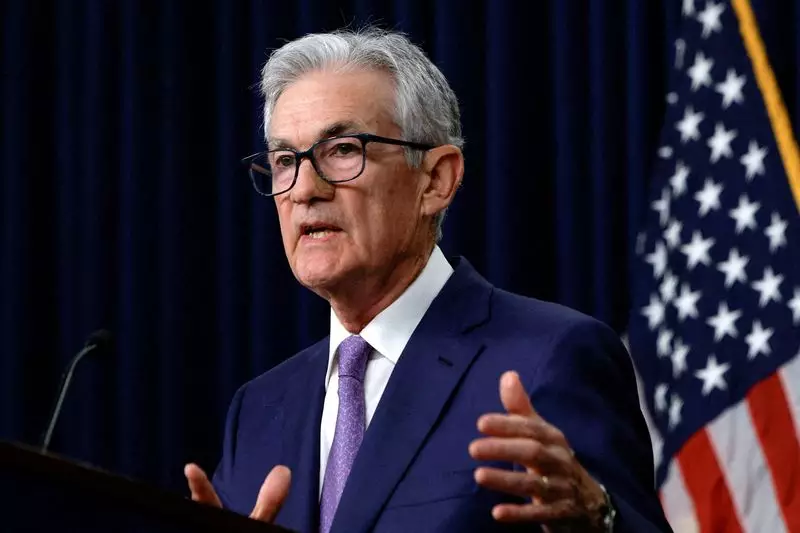In the realm of economic policy, few institutions hold as much influence as the Federal Reserve. The decisions made by its officials can ripple through markets, affect employment rates, and alter the course of the economy itself. The recent press conference held by Federal Reserve Chair Jerome Powell reflects not only on the current state of economic affairs but also hints at the intricate dance between fiscal policy and central banking. With the incoming Trump administration tasked with its own ambitious agenda, the Fed must navigate these waters with caution and foresight.
Last week, the Federal Reserve opted to reduce interest rates by 25 basis points—an expected move considering the prevailing economic conditions. In the backdrop of this decision, Powell emphasized that the potential repercussions of Trump’s economic proposals would not prompt immediate changes to monetary policy. This assertion signals a degree of independence for the Fed, reinforcing that its decisions are rooted in economic data rather than political pressures. Despite acknowledging the conjectural nature of Trump’s plans, which include substantial tax reductions and import tariffs, Powell stressed the need for time to fully understand these proposals’ potential impact on the economy.
Economists and analysts are particularly interested in how the Fed will adapt its strategies in light of the shifting political landscape. Following the 2016 election of Donald Trump, a similar crossroads was faced; back then, the Fed was cautiously optimistic about the prospects of fiscal stimulus. Matthew Luzzetti and his team at Deutsche Bank found parallels between the current situation and that past meeting, linking the anticipation of a new administration to potential broader economic policies. Such historical reflections offer insights into how the Fed’s dialogue may evolve as it encounters changes in leadership.
The complexities of monetary policy during a time of heightened political activity cannot be overstated. When Trump assumed office, Fed officials faced uncertainty regarding the specifics of his proposed fiscal policies. The current economic commentary mirrors this ambivalence; while some officials cautiously integrated potential changes into their interest rate forecasts, many are still seeking clarity. The pressure is particularly acute as the dichotomy between economic growth and inflation becomes critical. Concerns are emerging that if inflation rises—largely fueled by Trump’s tariffs—then the Fed may need to respond by recalibrating interest rates more aggressively than previously anticipated.
This uncertainty brings about not only internal scrutiny but also external scrutiny in the form of potential conflict with the Trump administration. Last week’s press conference pierced through speculation regarding Powell’s tenure, with Powell asserting that his position as Chair is secure—a direct challenge to narratives suggesting an imminent shift in leadership. Trump’s previously ambiguous stance on Powell adds another layer of complexity, underscoring a potential tug-of-war between White House priorities and the Fed’s mandates for stability and growth.
As the end of the year approaches, the Federal Reserve preparing for its next policy meeting must weigh a myriad of factors. The interplay of economic growth, inflation, and political developments requires a strategic outlook that transcends short-term pressures. Powell’s recent comments suggest a commitment to a gradual approach to interest rate adjustments, highlighting the Fed’s broader goal of ensuring economic stability while managing inflationary risks.
Looking ahead, the Fed’s ability to maintain its independence amidst fluctuating political winds will be essential. While Trump’s plans remain nebulous at this stage, the potential for discord between fiscal measures and monetary policy is palpable. Fed officials are poised at a critical junction, needing to establish a framework that accommodates economic realities while remaining insulated from political fluctuations. The ongoing dialogue within the Fed will set the tone for how it addresses the economic challenges that lie ahead, ultimately influencing the welfare of the broader economy and the future of U.S. monetary policy.
The landscape of economic policy is rapidly changing, with the Federal Reserve at the forefront of navigating this unpredictability. The interplay between political aspirations and economic realities demands a thoughtful and measured response from the central bank, ensuring that its mandate remains intact regardless of the political climate.

